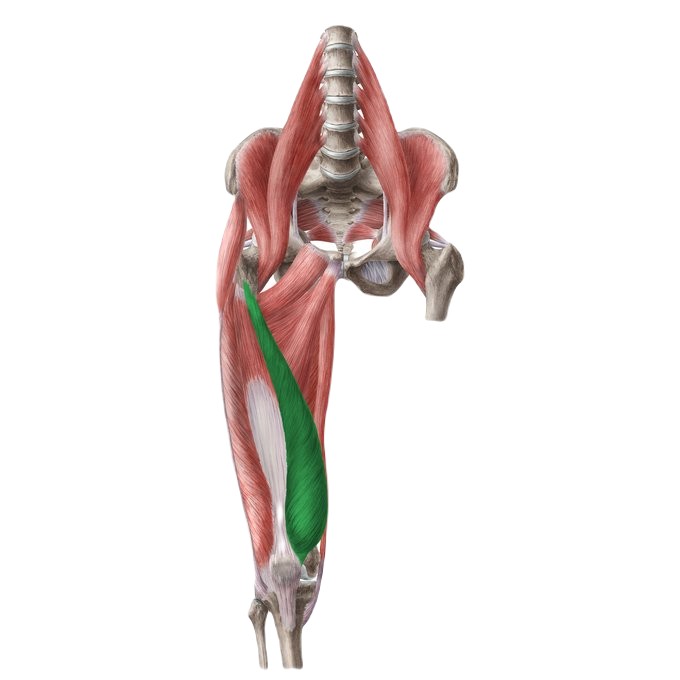
Table of Contents
The Peterson Step Up is a critical exercise for enhancing knee health and athletic performance. Developed with a focus on the ‘knee over toes’ position, it is pivotal for athletes and fitness enthusiasts alike.
As a fitness trainer specializing in knees over toes training, I have witnessed firsthand the transformative impact of this exercise on knee strength and injury prevention.
Impact on Injury Prevention
Regularly performing the Peterson Step Up can significantly decrease the risk of common knee injuries, such as ACL tears, by strengthening the knee in its forward movement.
The primary muscle worked during the Peterson Step Up is the VMO (the vastus medialis oblique), which plays a crucial role in knee stability.
To further enhance VMO strength, consider integrating exercises such as split squats into your routine.

How To Perform The Peterson Step Up
To perform the Peterson Step Up correctly:
- Stand on a flat elevated surface
- Push your non-working leg forward while descending
- Aim to touch the ground with the heel
- Allow your working-leg knee to go over your toes
- While balancing on the ball of your foot, raise your working heel and allow even more range of motion
- Step up back to the starting position by pushing through the ball of your foot
Maintaining balance and control is crucial throughout the exercise. Push with your knee but keep it straight and don’t let it cave in.
Common Mistakes and How to Avoid Them
A frequent mistake is pushing off the ground with the non-working leg.
Instead, focus on using the strength of your working leg to lift your body, ensuring that the movement is driven by the knee and thigh of the working leg.
Peterson Step-up Progression
Beginners should start with a low platform and gradually increase the height as their strength improves. For those seeking a greater challenge, adding weights can provide additional resistance.
But, the best way to get to a proper Peterson step up is to go with the trusted knees-over-toes progression:
Patrick > Poliquin > Peterson Step-Up Progression
Incorporating variations like the Patrick Step or the Poliquin Step Up can add diversity to the training regimen, catering to different skill levels and training goals.
We have covered this progression in a separate step up blog, so maybe that should be your first stop.
How Often Should I Do Peterson Step-Ups?
Incorporate the Peterson Step Up into your workout regimen two to three times a week, adjusting the number of sets and repetitions based on your fitness level.
Of course, you should never work through pain. After all, this is a challenging exercise.
In Conclusion
The Peterson Step Up is an essential exercise for anyone looking to enhance knee and ankle health and prevent injuries. Its integration into regular fitness routines is highly recommended for long-term knee resilience and athletic performance.
No matter how simple it may look, the Peterson step-up found its place among hybrid athletes as well. The benefits of this exercise are simply not to be undermined.
Remember, it’s ok to start with the Patrick > Poliquin > Petrson Progression. And, if you don’t already have a slant board, we’d be crazy not to recommend the Hybrid Athlete Slant Board which we are proud of!
Get The Best Knees Over Toes Gear here:
Above all, a storyteller. Then comes marketing, branding, writing music, powerlifting, and woodworking.










